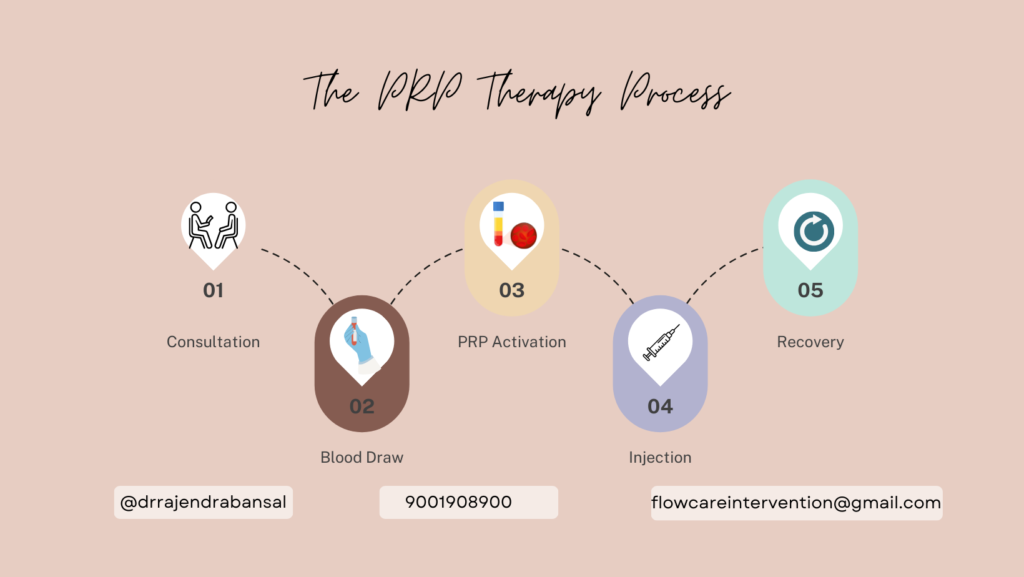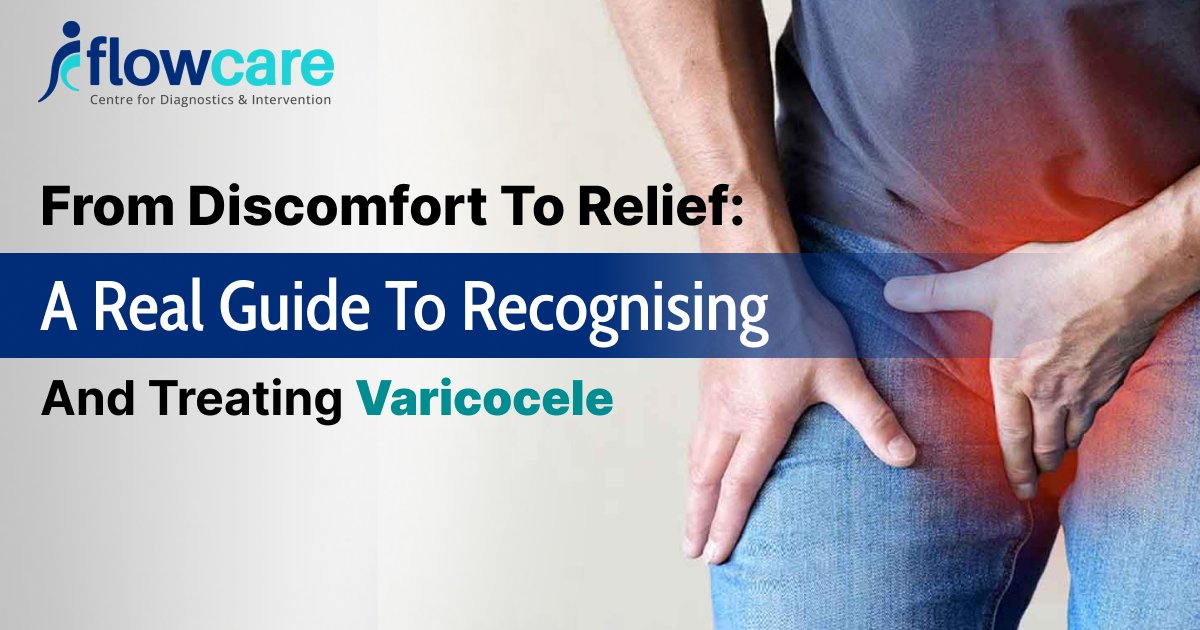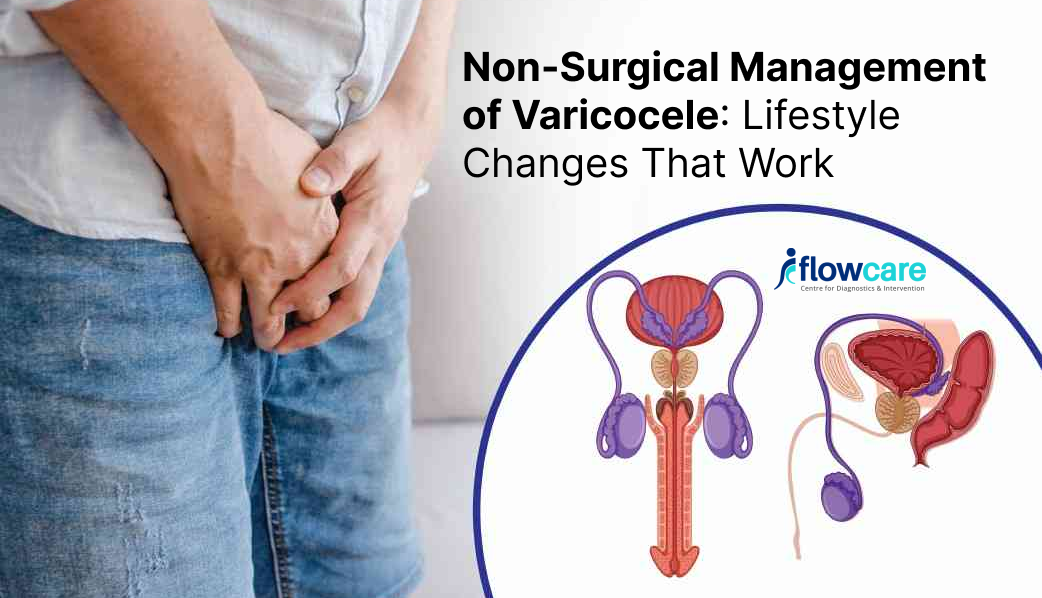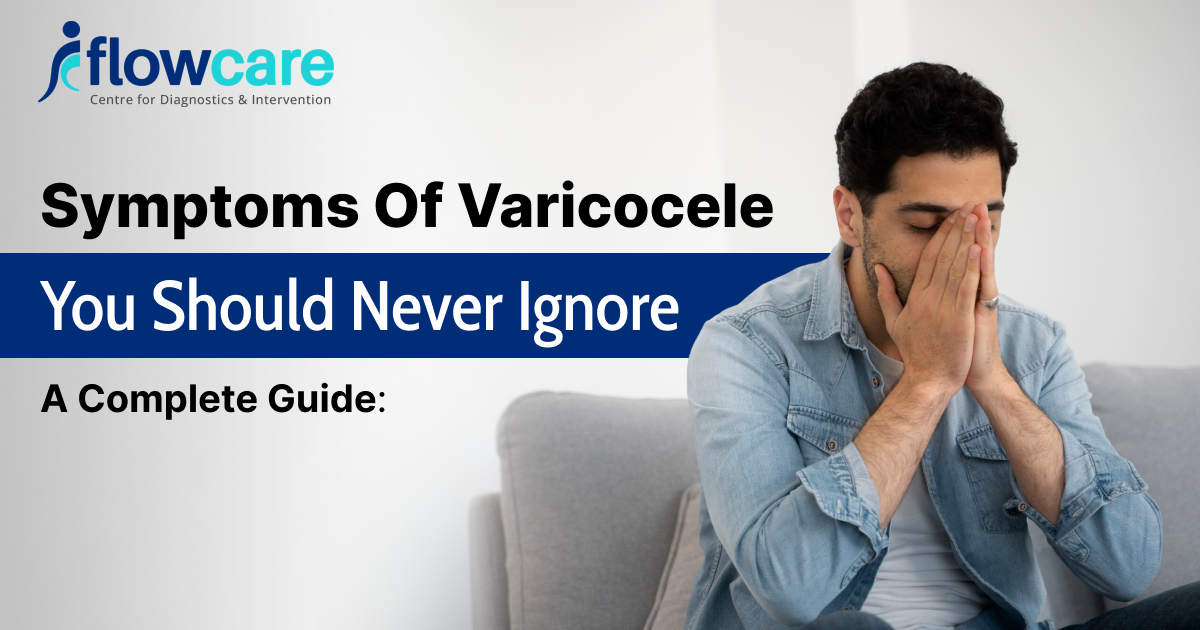
Unlocking The Benefits of PRP Theraphy: Pain Management Technique
Some injuries could give birth to immense pain in the body that cannot be treated. Despite many treatment options like ice packs, heat and medications, there’s no permanent cure for such chronic pain. Pain treatment therapies have emerged to treat such issues, particularly for those with chronic pain disorders. PRP therapy, or platelet-rich plasma, has become a doable alternative for treating a variety of pain conditions. We’ll discuss the use of PRP treatment in pain management, as well as its advantages and basic operation, in this blog.
Understanding PRP Therapy
Under PRP therapy or treatment, a patient’s blood is used to help patients recover and feel less pain. To execute this technique, a small sample of the patient’s blood is pulled out and the platelet-rich plasma is then detached from other blood components by spinning the blood in a centrifuge. After that, the damaged area—such as joints, tendons, or muscles—is injected with concentrated PRP to promote tissue regeneration and lessen inflammation.
Role of PRP Therapy In Pain Management
There are various benefits that PRP therapy offers in comparison to other treatment options. How PRP helps in relieving pain is given here:
Natural Healing
PRP therapy enhances the body’s natural healing processes by directly injecting a concentrated dosage of proteins and other growth components into the wounded tissues or painful location.
Decreased Inflammation
PRP injections’ anti-inflammatory properties help to relieve pain by decreasing swelling and inflammation in the affected area. Chronic inflammation associated with pain can be alleviated through PRP therapy.
Relive From Chronic Pain
PRP injections target the source of pain and promote tissue repair, providing long-lasting relief from chronic pain conditions. PRP therapy offers an alternative to traditional pain management techniques with potential side effects.
Minimally Invasive
Unlike surgery, PRP therapy is a minimally invasive method that doesn’t require much recovery time and may be done in a doctor’s office or an outpatient facility. Also, it reduces the probability of any infection and allergic reaction as therapy uses the patient’s own blood.
Personalized Care
Platelet-rich plasma (PRP) therapy made the therapy personalized concentrating on the individual’s need. This makes it more effective than any other treatment because it is more flexible and provides great outcomes.
Conditions Treated With PRP Therapy

The therapy of PRP has successfully and effectively managed the various conditions which used to cause immense pain and had no cure. With this therapy, medical science has demonstrated encouraging outcomes in the field of treatment of sports-associated injuries and a range of such pain conditions, including:
Osteoarthritis
In the treatment of osteoarthritis, a degenerative joint condition marked by cartilage degradation and joint inflammation, platelet-rich plasma (PRP) therapy has demonstrated encouraging outcomes. PRP injections have the potential to enhance joint function, decrease inflammation, and promote tissue regeneration by directly administering a high concentration of growth factors to the arthritic joint.
Tendon Injuries
Inflammation of the tendons, or tendonitis, can result in discomfort, edema, and restricted movement. PRP treatment is frequently used to treat tendonitis in the elbow, Achilles tendon, and rotator cuff, among other areas of the body. PRP injections can help reduce discomfort and return function by encouraging the repair of injured tendon tissue.
Ligament Injuries
Sprains and rips of the ligaments are prevalent among athletes and those who engage in physical activity. By strengthening the affected ligaments and speeding up tissue recovery, PRP treatment can help ligament injuries mend. This can lessen discomfort, stabilise the ailing joint, and provide great relief from immense pain.
Muscle Injuries
Overuse, trauma, or abrupt movements can all result in strained or torn muscles. PRP treatment reduces inflammation and encourages the creation of new muscle tissue, which can speed up the healing process for damage to the muscles. Improved muscular function and quicker recovery times may result from this.
The PRP Therapy Process

Consultation
A consultation with a medical professional who specializes in orthopaedics or regenerative medicine is the initial step in PRP therapy. In order to evaluate if PRP therapy is a suitable course of treatment for the patient, the healthcare practitioner will review the patient’s symptoms, medical history, and imaging investigations (if available) during this session.
Blood Draw
A little sample of the patient’s blood is taken from an arm vein if it is determined that they are a good candidate for platelet-rich plasma treatment. Using a syringe or certain blood collection tubes, the blood sample is taken.
PRP Activation
The PRP solution may occasionally be activated prior to being injected into the treatment area. By adding thrombin or a calcium chloride solution to the PRP, activation causes the release of growth factors and improves the regeneration qualities of the substance.
Injection
After being prepared, the activated or non-activated PRP solution is precisely injected into the desired body location under the supervision of ultrasonography or fluoroscopy. Depending on the patient’s condition and the region that has to be treated—such as muscles, tendons, ligaments, or joints—the injection location may change.
Recovery
Patients are usually recommended to relax and refrain from intense activities for a certain period of time after receiving a PRP injection. To lessen pain and swelling, they could also be told to apply ice to the injection site. To get the best results, patients may need many PRP injections spaced several weeks apart, depending on the particular ailment being treated.
Conclusion
By using the body’s innate healing processes, PRP treatment presents a viable method of treating pain. PRP therapy is becoming more and more well-liked among patients looking for non-invasive options for managing chronic pain because of its minimally invasive nature and possible advantages for a range of pain disorders. However, in order to ascertain whether PRP therapy is the best course of action for your particular illness, it’s imperative that you speak with a licensed healthcare professional.
If you are struggling with chronic pain condition then PRP is the most comfortable option to choose. It will reduce the healing time and provide effective relief as well. To get the best Platelet-Rich Plasma (PRP) therapy in Jaipur, approach Dr Rajendra Bansal who is a highly experienced Pain Specialist in Rajasthan.. For personalised advice and treatment, you can also approach him at the Flowcare Intervention & pain clinic, Jaipur.








